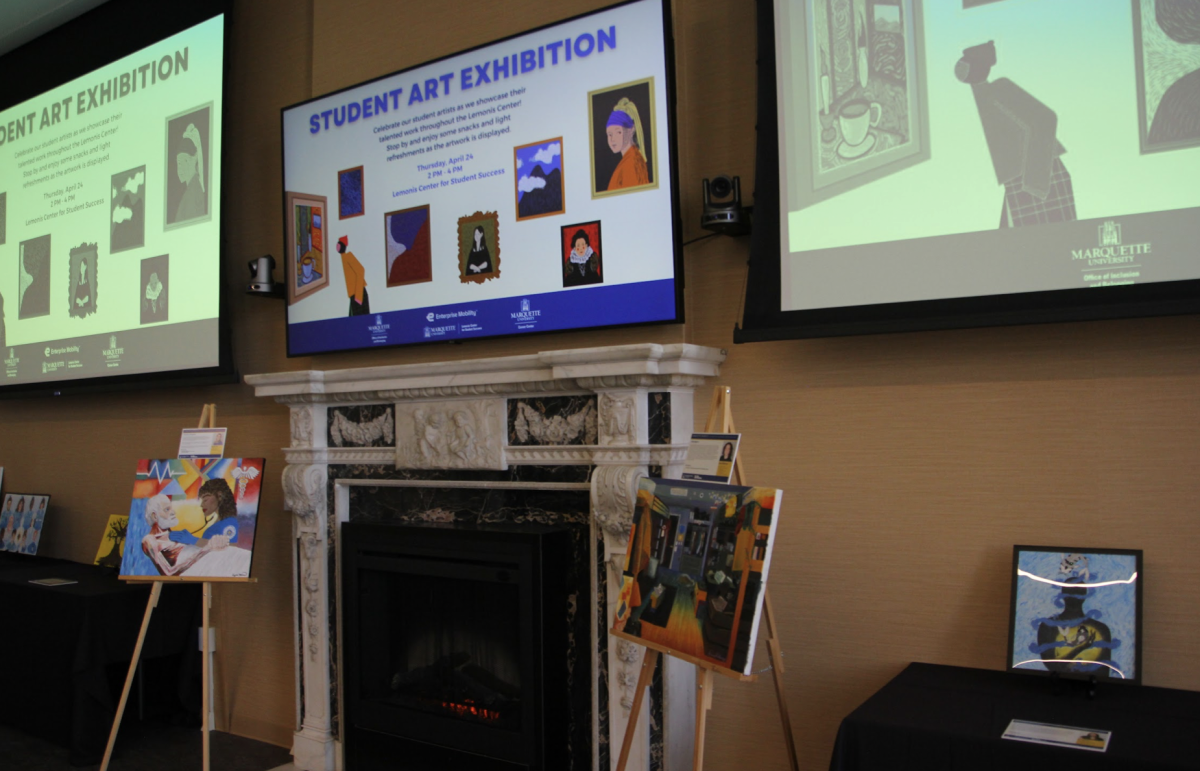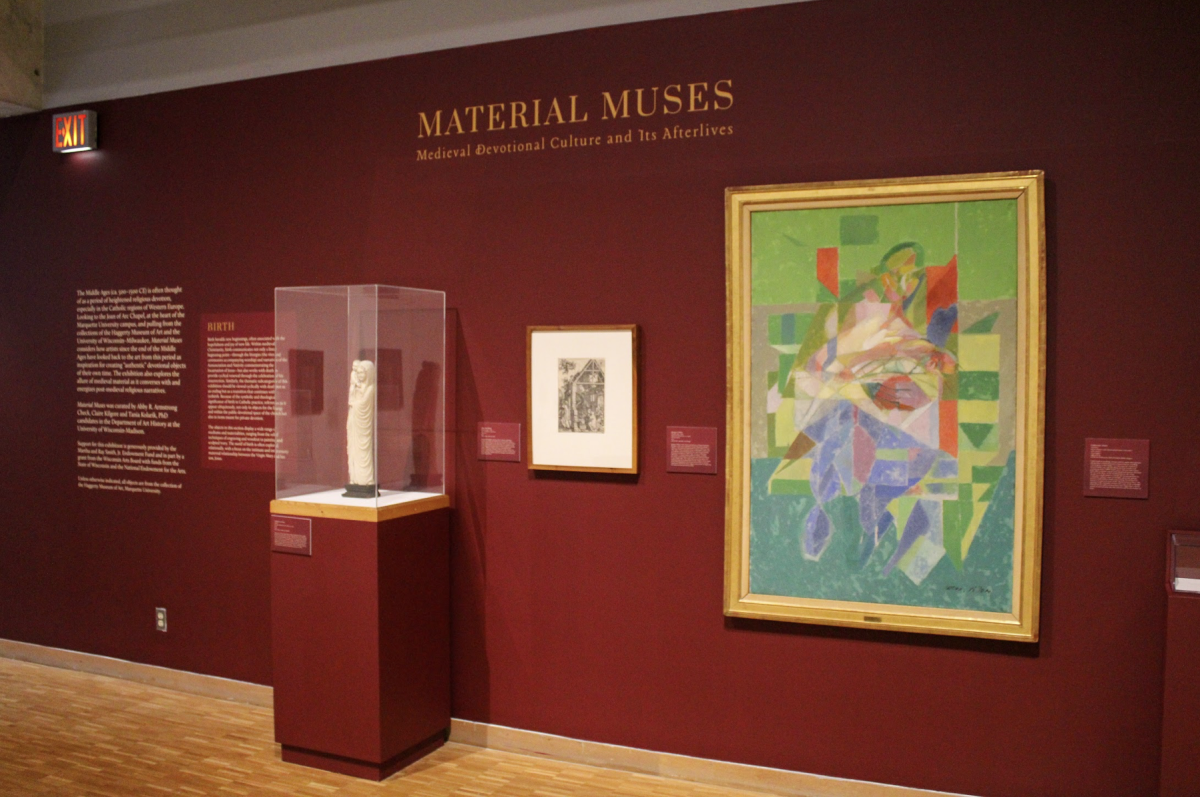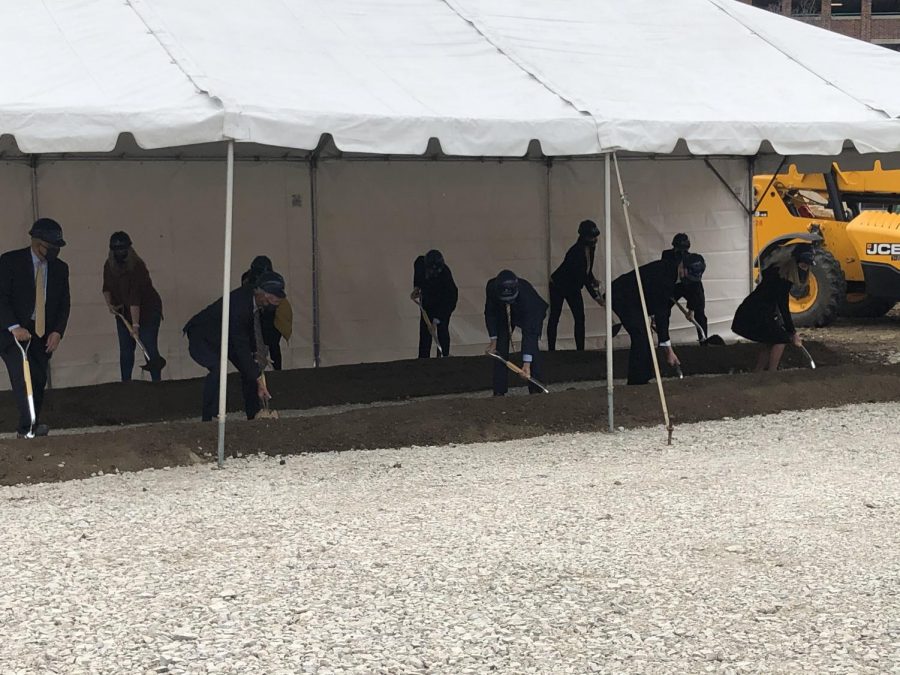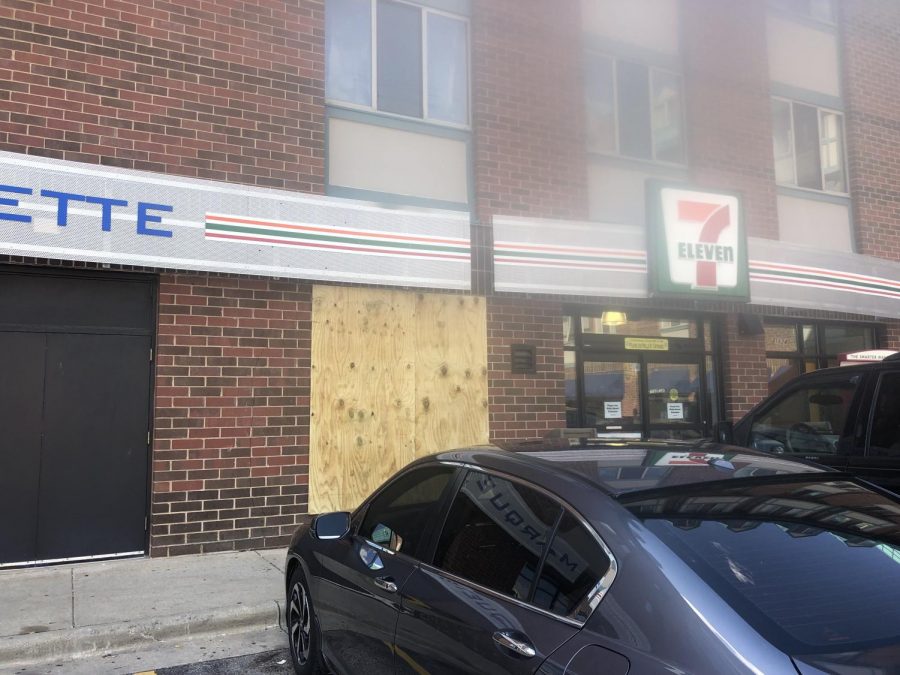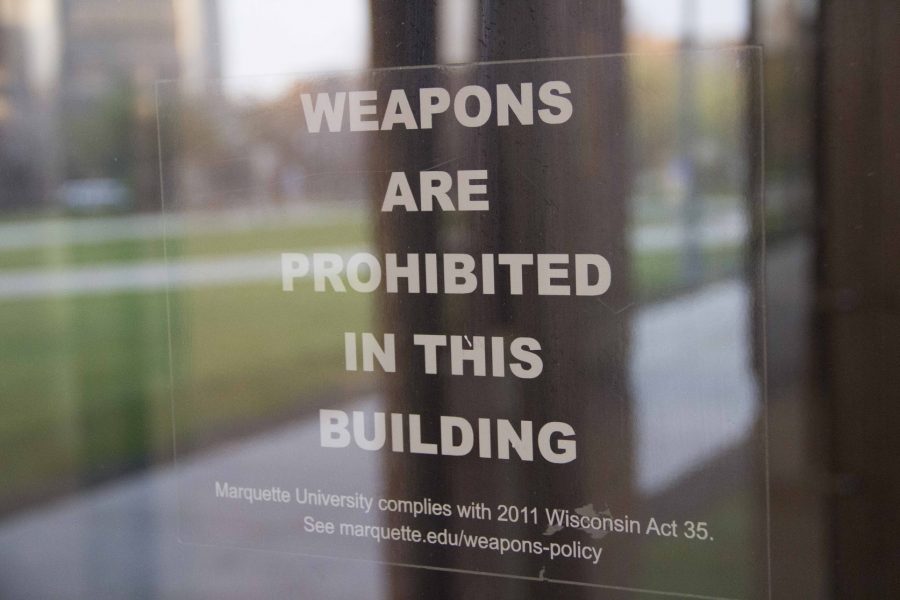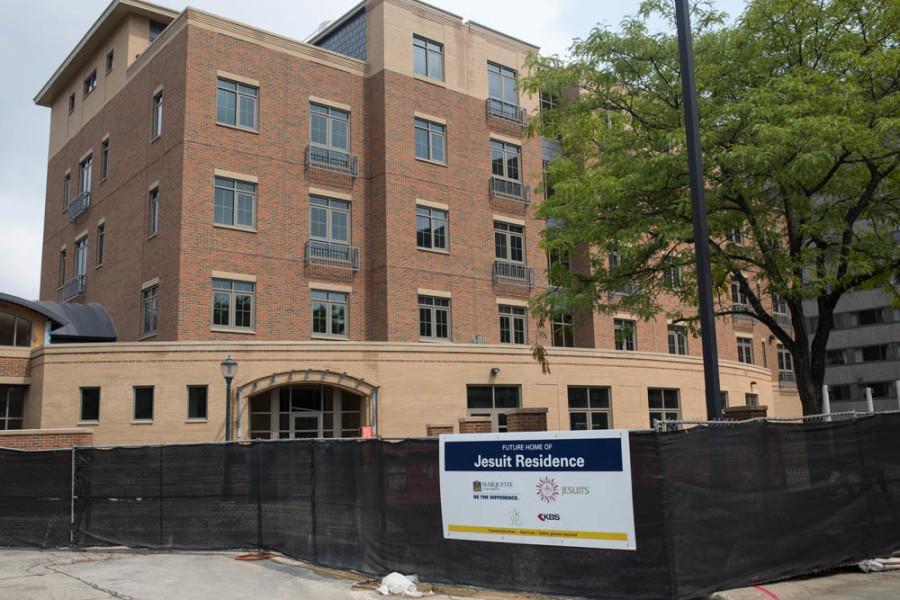
When walking to the Bradley Center for home games or wandering Milwaukee’s East Side, Marquette students and residents may have noticed a large area with vacant lots and redevelopment projects, and wondered in general confusion what the area wants to be.
The Park East Corridor of Milwaukee — located just north of the Bradley Center — houses a group of vacant lots, historical buildings and modern complexes. Since the removal of the Park East Freeway began in 2002, the area’s division and development has been a topic of tension at the city and county levels.
“The Park East Redevelopment Plan plans for an urbanized area to support housing, residential and office space,” said Rocky Marcoux, commissioner for the Department of City Development. “What has been controversial is the 14 acres under the area that used to be freeway where there is a significant amount of development planned, but the land itself is owned by the county.”
Peggy West, county supervisor to the 12th district of Milwaukee County and member of the Economic and Community Development Committee, acknowledged while ownership and sales of the Park East land have been disputable since redevelopment began in 2002, the tension is not currently an issue.
Historical significance
The Park East area and specific buildings within, such as the Sydney Hih, have historically been significant to Milwaukee in a multitude of ways.
Robert Bauman, alderman of Milwaukee’s 4th District, member of the Zoning, Neighborhoods and Development and Public Works Committees and the Historic Preservation Committee, said the only historical buildings left in the area — Sydney Hih and the adjacent Pabst Brewery — are being preserved by the HPC.
According to the PERP, in the 1960s and early ’70s the area was planned to house a large freeway project intended to encircle the city when industry and commerce boomed. The freeway would have extended to the lakefront and connected I-794 at the northern end of the Hoan Bridge.
In the mid-1970s, the project was halted after the one-mile section through the Park East Corridor (from I-43 to North Milwaukee Street) was completed, devaluing property and inhibiting development on nearby blocks in the area for decades.
According to the HPC study on the Senn Building (now Sydney Hih) during this time, “The unique signage on the building and the host of unusual merchants, musicians and restaurateurs brought a rebirth of activity to the northwest corner of Juneau and Old World Third Street.”
The area became a center for Milwaukee’s counter-culture scene — attracting musicians and artists — centered in the former Senn Building after it was purchased by Sydney Eisenberg of Knapp Street Realty Corp.
During those years, the Mine Shaft, a bar and music club, was housed in the basement and hosted an unknown number of artists and underground, psychedelic musical talent. In the 1980s and 1990s, the Mine Shaft was renamed the Unicorn Club and claimed fame when bands such as Nirvana, Smashing Pumpkins and Soundgarden graced the stage.
“On the whole, Park East is this weird hunk of land that is lax on identity and function — more like a bizarre ghost town,” said Neil Gasparka, a lead IN:SITE artist at the Sydney Hih building, which was used as a visitor’s center for a 2009 project. IN:SITE is a resource for temporary public art in Milwaukee. “But the area and the Sydney Hih have a lasting legacy as a counter-culture hub in the ’70s and such a great legacy as an art space.”
IN:SITE worked with local artists to feature the Park East Corridor more recently, evoking memories of the counter-culture art that was so vibrant in the 1960s and 1970s.
Recent plans and projects
IN:SITE Milwaukee collaborated with the Milwaukee Arts Board to feature a public art project throughout the Park East Corridor in 2009, bringing visitors and cultural appeal to the area through works by artists like Gasparka.
“IN:SITE invited pedestrians, bikers, people who ride the bus and drivers to explore the Park East Corridor, (using) all local artists,” said Pegi Christiansen, a founder of IN:SITE, in an email. “The content of the art encouraged people to consider the past, present and future of the Park East Corridor.”
Christiansen said the IN:SITE project was well-received in the artistic, business and media communities, allowing for visitors to see the area as something more than “empty space” and realize the development and cultural potential of the area.
According to the PERP, since its adoption in 2004, the city has promoted redevelopment in Park East — selling lots to developers, ensuring public works such as roads and lighting are up-to-date, and in some cases, funding Tax Incremental Financing for private projects.
Officials from both the city and county acknowledge that redevelopment was originally slow-going due to conflict concerning TIFs, parceling of land and ownership, but also stress the economic downturn has been the largest development deterrent in recent years.
West said in 2004, the county adopted the Park East Redevelopment Compact, which provided that any local contractors wishing to develop on Park East land were given priority over companies, in hopes of promoting local business and work, which was a success until the economic downturn.
“We’ve had a reality check with the downtown hotel project,” said Bauman, referring to the Palomar hotel project that was dropped in 2009 due to lack of funding. “Tensions arise when change comes about with new development, and you need to look for the balance between progress and preservation.”
Future plans
Despite former economic and legislative setbacks, the recent and current development in the Park East Corridor proves optimistic for both the city and the county, promoting economic redevelopment of the area and a general interest in Milwaukee.
“Moving forward, most noticeably MSOE is interested in the latest parcel on county land in Park East, which will hopefully be a catalyst and attract more projects,” West said. “Additionally, we have two other developers in the process of signing contracts currently, which we think would compliment any current or previous development well.”
In a statement, current owner of the Sydney Hih property, Ruvin Development owner Rob Ruvin said, “We are currently talking to potential tenants as well as an interested buyer. We have also looked at the possibility of renovating the building and renting apartments and the street-level retail.
“Now that the aloft Hotel is open and the Moderne is underway, that may be the catalyst to get something started at the Sydney Hih. We intend, at a minimum, to save and restore the corner Sydney Hih building.”
Marcoux said one benefit of being a city project is having the ability to look at each individual project seriously, as these are more long-term endeavors and can be considered with patience.
“It’s going to take about 10 to 15 years to fully develop the area, and it’s only about year six, so we have time to fill in the area,” he said.
Marcoux said while the city faces challenges for any redevelopment due to foreclosures, he believes Milwaukee is uniquely positioned to be successful in development moving forward, providing more living and entertainment options and improving the general quality of life.
“We would just like to create an entertainment district there, as an extension of the area surrounding (Park East),” West said. “(The county) has no set plan, but we are hopeful to develop the area and work with the city — and we’ve made strides in that exact direction.”


